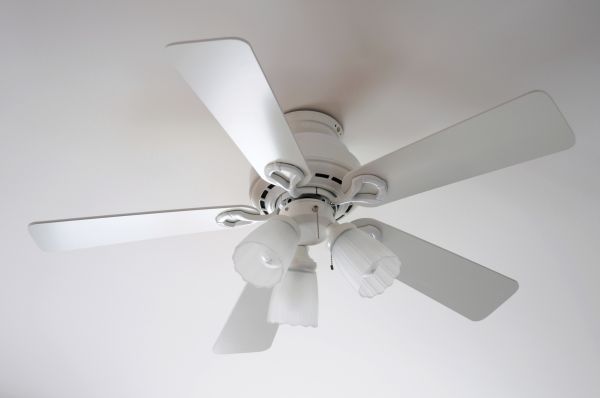- 3 Minute Read
- 18th November 2013
Keep warm in the office without turning the heating up
According to experts at the Met Office, a nationwide chill is imminent. Without wanting to join in on the 'coldest winter ever' sensationalism, we're keen to share some ways to keep warm in the office without relying on expensive heating solutions.
The collective responsibility to avoid energy wastefulness coupled with the need for greater austerity in the face of rising energy prices has lead many to look down different avenues to keep staff comfortable.
Many of these solutions start with staff responsibility, and ultimately end with a happier, warmer workforce. Others fall to the building owner, but are small expenditures that will begin paying for themselves in no time.
Staff solutions: 
- Layer up.
Wearing a number of separate layers is important for trapping warm air against the body.
Regardless of the dress code in an office building, layering up is still a simple, highly effective solution. Long-johns and thermal vests are a must in the winter months, and are largely inexpensive for the amount of good they do!A good scarf, thick gloves (many of which are now touchscreen friendly!) and a heavy jacket are a given commute staple. Arriving at the office warm will save time and effort later.
- Sensible footwear.
This may seem like a given, but making sure shoes and closed-toe and fully waterproof often goes neglected.Making sure extremities are protected from the elements can be make-or-break. Gloves are often the first port of call for this, but don't let feet go forgotten. The difference good, sensible shoes makes is surprising.

- Exercise.
Regular breaks from the desk to walk around, stretch, and perform a few simple exercises keeps improves circulation and will warm the body up more than remaining dormant.

- Hot drinks.
Stocking up on a variety of teas in winter is a fantastic natural way to warm up hands and tummies.There isn't really a limit to how much you can drink. While an English Breakfast never goes amiss, we recommend ginger & lemon tisanes. A new favourite of ours is sweet chilli tisane - guaranteed to scare those winter blues away.

- Keep those doors closed.
Functioning much in the same way as wearing a number of layers, making sure doors are kept closed allows pockets of warm air to be contained, keeps cold air out, and prevents wasteful energy loss.
Building owner solutions:

- Run ceiling fans in reverse.
Something that often escapes consideration come winter months is the ability most conventional ceiling fans have to run backwards.
Switching to rotation to clockwise recirculates warm air pooled near the ceiling, pushing it back down into the room. This can cut heating costs by as much as 10% alone.
- Plastic window insulation.
Costing very little, plastic window insulation kits are easy to use and can provide extra warmth similar to extra glazing. Again, it's all in the layers.

- Insulate piping.
Ensuring pipes are properly insulated reduces the time and energy needed for hot water, and reduces the risk of them freezing when not in use, which can be disastrous.Pre-slit pipe foam is available at most hardware stores, and is considered eligible for reimbursement through government insulation initiatives in certain countries. Be sure to check local guidelines.

- Have boilers/furnaces inspected.
Having heating systems checked each winter is a good habit to get into. By ensuring equipment is in optimal working order keeps costs down, and protects against any nasty breakdown surprises once the cold has set-in.A periodic tune-up is essential.

- Clearing gutters.
Good gutter maintenance is essential in wet months. Leaves, sticks, and other debris collect in this period, and can cause problematic blockages.Ensure rainwater and melting snow can flow freely to avoid any structural damage caused by improper drainage.